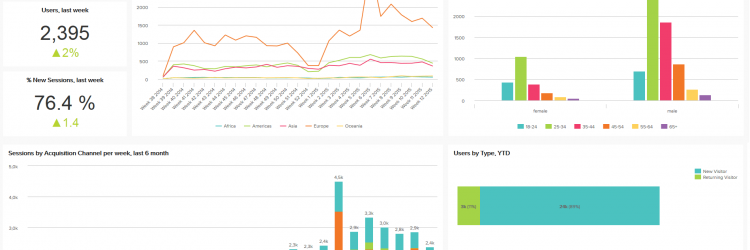
Search engine optimization has changed many times over the past decade.
Filling content with overused keywords, also known as keyword stuffing, does not work with search engines. However, using and targeting keywords is still essential.
Keywords not only provide a boost in SEO, they also help you determine what your audience is looking for.
What about link building? Is it still revelant to boosting SEO? Should you spend a ton of time thinking of and writing the perfect title and headline for your post?
There are a lot of factors that boost search engine optimization and most marketers agree on one benefit of SEO. Organic traffic results in a 8.5X higher change of conversion than any other type of outbound lead.
In the post below, we will highlight some of the most important search engine optimization techniques that you can begin implementing to boost your traffic.
Website load time is now a major factor in SEO. With mobile speeds reaching record highs and homes having blazing internet speeds, users now demand even more from your website. Data has shown that a 1-second delay in page load time can result in a 7 percent conversion loss. A slow website also may seem untrustworthy to a new user that is unfamiliar with your brand. Your website should load in 4 seconds or less to have a successful conversion rate and good SEO score.
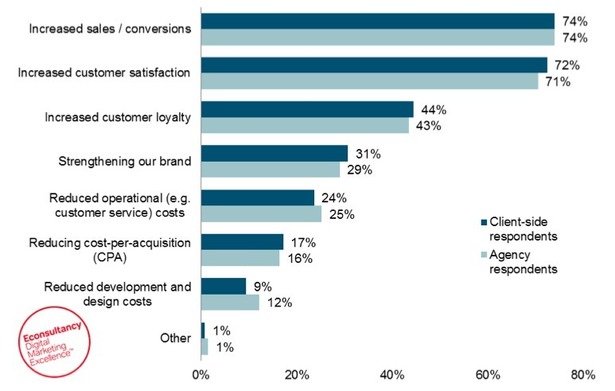
Providing links to other blogs with relevant content is proving to be critical to SEO growth. Most people tend to think of the opposite and get nervous about sending users to other websites from your content. Trackable traffic makes your website more valuable as you provide links out to other sites. While consistently creating valuable content and linking out to other similar sites, you can expect that those sites will in fact return the favor and be more willing to share links to your content. Many influencers are notified when you link out to them and if you content is valuable, they link back to your site and share your post. Sometimes they even share the post in their huge email subscriber list.
This may be one of the most important items on this post. If you don’t read or take anything else from this article, please setup and install google analytics on your site right away.
You need to be able to see what is working and what’s not. Google analytics provides Free tracking analysis of your website traffic. It shows everything from demographics to browser and device type, as well as which pages are viewed.
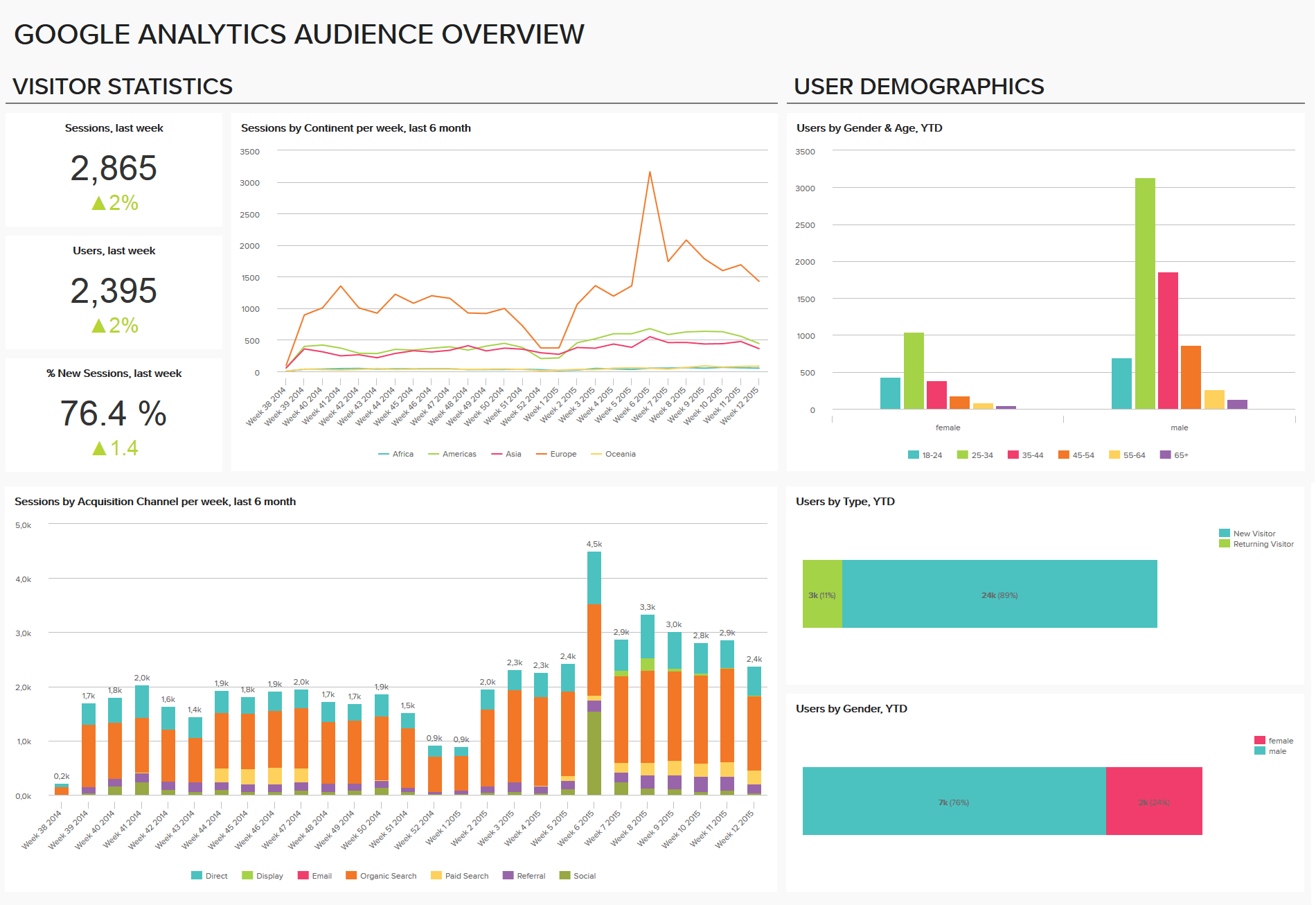
There are also additional tools such as Crazyegg or Sumome that show you where your visitors are clicking on your website.
Using social media to deliver content is an important part of any SEO strategy. You should dedicate some time to focus on increasing your social media awareness.
Google does not specifically rank based on social media metrics, however, many studies have proven a direct correlation between social media and search engine rankings.
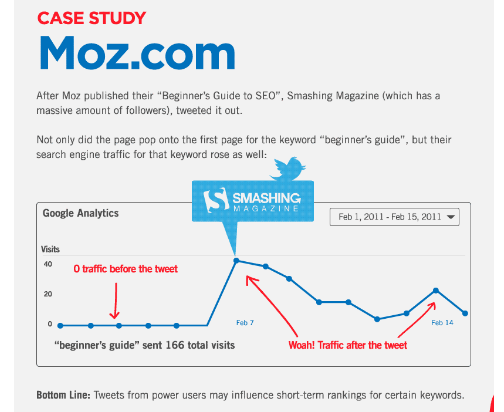
By sharing your content via social media, more users become aware of your brand and it indirectly increases your traffic, which then increases your search engine rankings.
Below are a few ways to increase your rankings through social media:
– Create useful content that benefits your users. Useful content is more likely to be shared across social media
– Add sharing buttons to your posts and pages. Make sure they are visible and professional
– Setup thank you pages or other popups encouraging people to share your content
– Link your content to other influencers or social media power users in your post
Images are important to your SEO score. In fact, google has a section dedicated to search results of images.
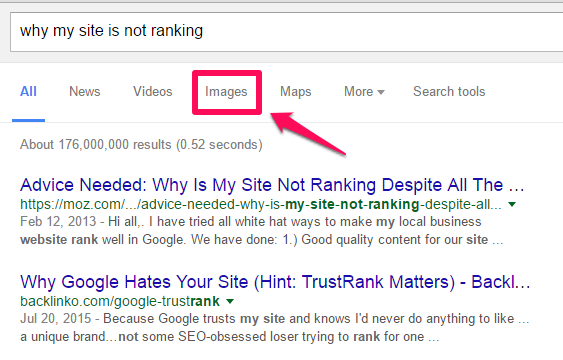
Make sure to label the Alt tag of the image with a relevant keyword that is helpful to people.
Leaving an alt tag blank will have a negative impact on your SEO ranking.
The title tag is a webpage’s second most important piece of content (besides the content of the page) and sends a very strong message to the search engine.
According to Moz data, title tags that begin with a keyword tend to perform better than title tags with the keyword towards the end of a tag.
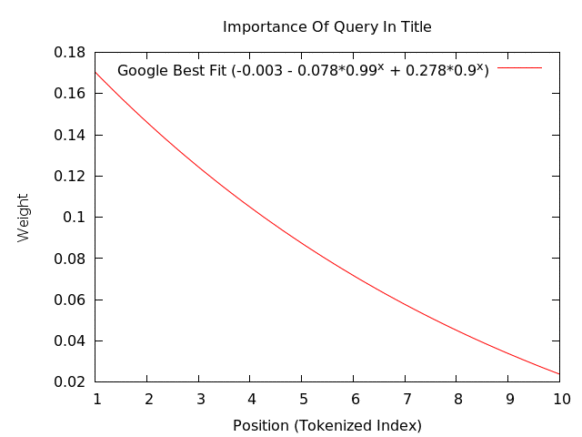
Also, follow up with your keyword in the description tag as mentioned earlier in the article and then once again in your H1 tag. H1 tags are a “second title tag” that sends relevant signals to search engines.
Finally, having your keyword appear more than any other words acts as a relevant signal to the search engine.
The meta description is the first piece of content that shows up after people search on google or other search engines. This helps a user determine if the article or page is relevant to their search. It’s best to have a unique description of the page that lets the search engine and user understand the meaning and purpose of the page.
It’s important to note that you should not duplicate meta descriptions. Each page should have it’s own unique description. Duplicate meta descriptions could get your site penalized by search engines.
In WordPress you can easily fix and detect duplicate meta descriptions by installing the Yoast SEO plugin.

By creating unique content on a regular basis, you create what marketers call the “fresh factor”. The percentage of content within a page that remains fresh will affect the page’s overall score. By having fresh content, your content is more likely to be promoted and shared to more and more users. This helps to build followers, more traffic, and ultimately a higher SEO ranking.
It also shows users that your brand is active and has expertise in the topics that they are searching for answers on.
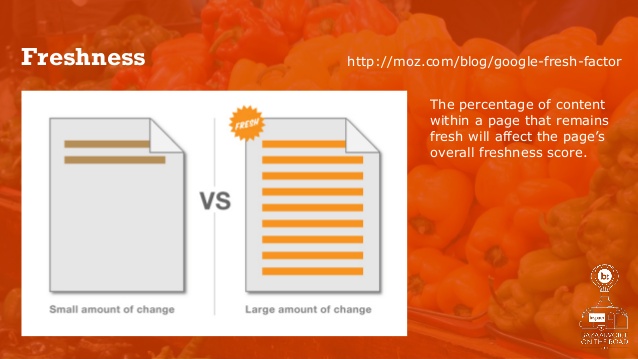
User engagement is driven by content marketing. To engage more with your users, place more effort and focus on your content website design.
Keep your content simple and concise along with enough white space for user readability. Use colors that match your branding, but also that send the right message to the user. Finally, make it easy to share your content via social media.
Spending more time on your blog posts, just as would a home page or landing page, will help you focus on conversion rates as well as search engine optimization while you create your content.
Focus on these tips while creating blog posts:
Conclusion
Search engine optimization takes time, effort, and patience to land on that first page of search results. But by implementing some of the tips and techniques from above, your traffic will begin to grow increasing your search rankings.
Remember that your users must be the primary focus of your content and all of your efforts to promote your content via social media.
Contact our team today if you have any questions or need assistance with SEO, website maintenance or design.
